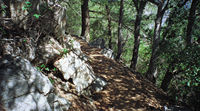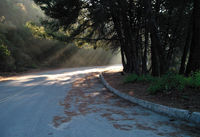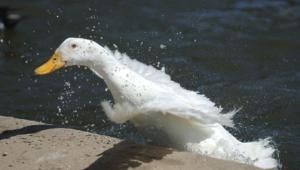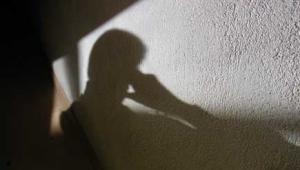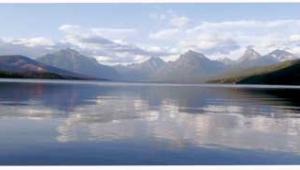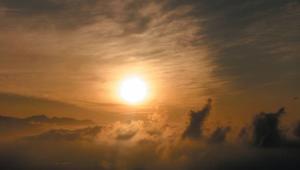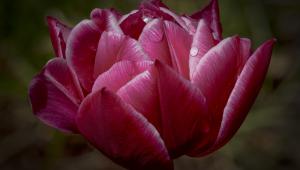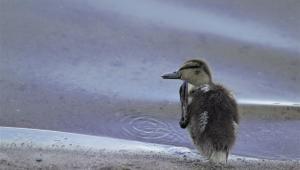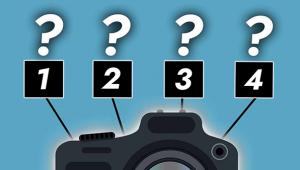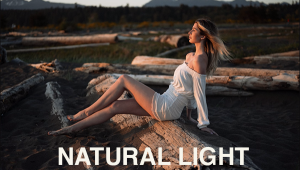Photographic Super Course: The Art of Seeing Page 4
| Fun in the Field If you like to hike, you should always take a camera. I generally carry a cigarette-pack-size digital point-and-shoot on a bolo-type strap around my neck. I hardly know it's there, but can easily and quickly grab it anytime a shot materializes. These photos were all shot with either the digital point-and-shoot (a Pentax Optio 430) or an equally teeny original Canon Elph Advanced Photo System point-and-shoot. Such cameras do limit you compared to what you could do with an SLR, but none of these shots would exist if I hadn't had these cameras. Rule Number One for hiking photographers: Never shoot while you are walking! I've nearly stepped off cliffs and on snakes, and slipped while trying that. When you're walking, walk, and look. When you want to shoot, or read your trail map, or take a drink of water, stop in a safe place and do so. |
- Log in or register to post comments





